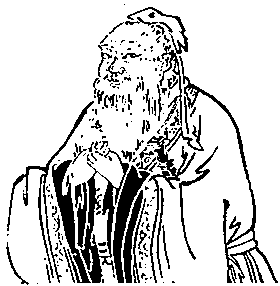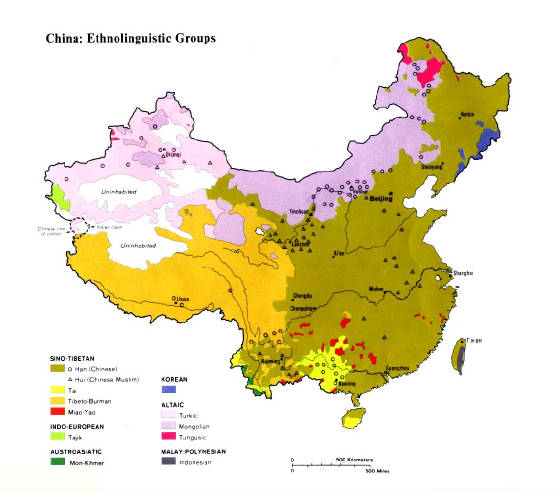|

The culture of Asia is the artificial aggregate of the cultural heritage
of many nationalities, societies, religions, and ethnic groups in the region, traditionally called a continent from a Western-centric
perspective, of Asia. The region or "continent" is more commonly divided into more natural geographic and cultural subregions,
including the Caucasus, Central Asia, East Asia, South Asia, North Asia, Southwest Asia and Southeast Asia. Geographically,
Asia is not a distinct continent; culturally, there has been little unity or common history for many of the cultures and peoples
of Asia.
Like the continent of Europe, Asia is too large to examine each nation state so we will examine
the nation of China.
China

The culture of China is home to one of the world's oldest
and most complex civilizations. China boasts a history rich in over 5,000 years of artistic, philosophical, political, and
scientific advancement. Though regional differences provide a sense of diversity, commonalities in language and religion connect
a culture distinguished by such significant contributions such as Confucianism and Taoism. Confucianism was the official philosophy
throughout most of Imperial China's history and strongly influenced other countries in East Asia.

The majority of people in China speak one form or another of the Chinese language. In addition to their native local
dialect, nearly all can speak Standard Mandarin. There has been ongoing debate as to whether "Chinese" is actually a defined
"language" or in fact a family of many languages. The fact this debate exists is not only for political and unity reasons,
but also partly due to the fact that written Chinese is a common standard throughout China. For example a person who only
speaks their local dialect is able to communicate with another person from a different area by using written Chinese. Although
this written Chinese is itself based on one variety of spoken Chinese; Standard Mandarin. The written script across China
is largely unified, and is the last of its kind that survives as a major language in the contemporary world.

The Han Chinese
Han Chinese are an ethnic group indigenous to China and the largest single human ethnic group in the world. The Han Chinese constitute
about 92% of the population of the mainland China and about 19% of the entire global human population. There are substantial
genetic, linguistic, cultural and social diversity between its various subgroups, mainly due to thousands of years of regionalized
assimilation of various ethnic groups and tribes in China. Han Chinese is a subset of the Chinese nation . An alternate name
that many Chinese peoples use to refer to themselves is the "Descendants of the Dragon."
Han Chinese are traditionally symbolized by the color red.
To see a larger view of the map click here
Han Chinese have played a major role in the development of the arts, sciences, philosophy, and mathematics throughout
history. In ancient times, the scientific accomplishments of China included seismological detectors, matches, paper, dry docks,
sliding calipers, the double-action piston pump, cast iron, the iron plough, the multi-tube seed drill, the wheelbarrow, the
suspension bridge, the parachute, natural gas as fuel, the magnetic compass, the relief map, the propeller, the crossbow,
gunpowder and printing. Paper, printing, the compass, and gunpowder are celebrated in Chinese culture as the Four Great Inventions
of ancient China. Chinese astronomers were also among the first to record observations of a supernova.
Asian art and culture
A look into Chinese culture
|

